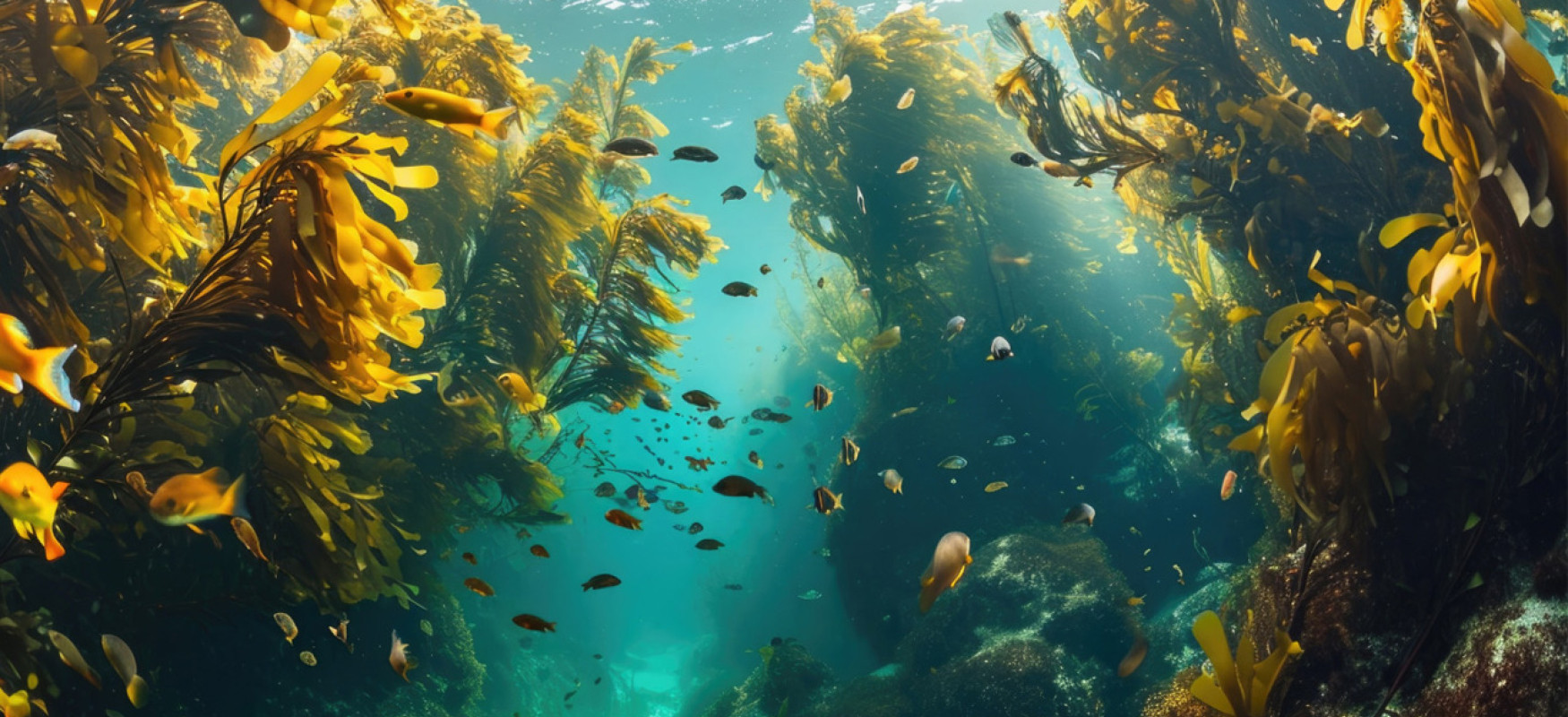The handbook “Marine Biobased Building Materials” provides an overview of the development of regenerative maritime building materials and identifies the challenges for commercial dissemination. It is a professional guide for decision-makers across the Nordic countries offering both a catalog of available marine-based biomaterials in the Nordic markets and a database providing insights into their applications in the built environment.
With resource consumption expected to double by 2060 and current CO2 emissions equivalent to nearly 40% of the world’s total emissions, drastic measures are needed before the global construction sector comes with planetary boundaries.
Maritime building materials from sources such as algae, reed beds, chitin and seagrasses would hold enormous potential if they could replace current highly climate-intensive materials in large volumes and with low CO2 footprint.
“We hope that this technical handbook, with examples of marine biobased building materials will inspire the construction sector to see the possibilities of using marine biobased building materials to become greener. I am sure it will give inspiration and new ideas for Nordic decision-makers, planners and researchers. It provides a solid knowledge base and guidance for using and exploiting these materials to achieve a greener construction sector,” says Rasmus Malmborg, Head of Sustainable Construction at Nordic Innovation.
A long way to go for solid business case
The production of maritime building materials can also have a positive environmental impact on fjords and inland waters by absorbing and thus reducing nitrogen levels in the sea. There is potential for a game-changer if blue building materials become a commercial enterprise.
“The potential in the future maritime low-emission building materials is significant. There is still a long way to go to find a solid business case. We in the construction sector need to strive and look for a business model in a slightly broader light which takes value-based benefits such as improved marine environment into account,” says Peter Vangsbo, Head of Sustainability and climate Services at Arup, and continues:
“With this new report we have a comprehensive, strong and perhaps just as important, a common Nordic foundation for further work. We know what the challenges and opportunities are.”
Background
The Marine Biobased Building Materials report is developed by Arup and funded under the Sustainable Construction program. The report is a part of the Nordic Building Blue Alliance project. The project works towards the overall goals of filling the knowledge gap about marine biobased building materials and lowering carbon emissions in the construction sector, outlining an environmental impact survey in the production supply chain and exploring concrete business models for marine based building material.





